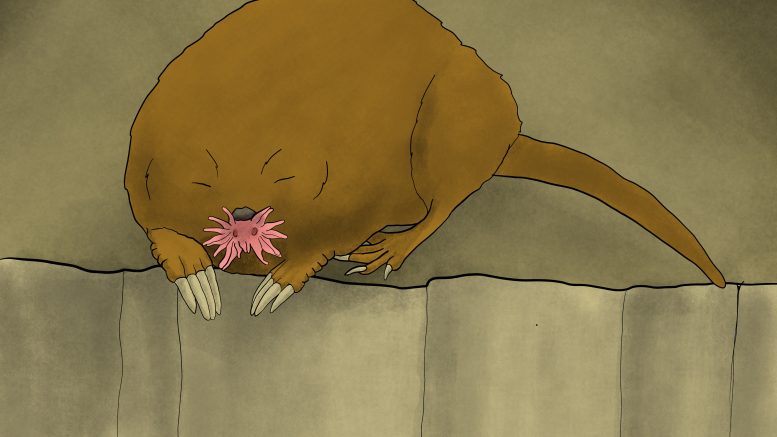Hemoglobin and myoglobin are two respiratory pigments — molecules that bind to oxygen, a respiratory gas — found in the human body.
Hemoglobin, which exists in our blood, uptakes oxygen from the lungs and delivers it across the body. Myoglobin, on the other hand, is found in the heart and muscles attached to bones and tendons, and supplies oxygen in those areas.
These two molecules are called pigments because they are responsible for the red colour of blood and muscle.
U of M professor in the department of biological sciences Kevin Campbell studies the evolution of respiratory pigments, specifically in mammals.
“One overarching theme is to understand how animals that may have oxygen insufficiency due to the environment they live in — how their hemoglobin and myoglobin is modified to enable them to exploit these environments, for example, with low oxygen,” Campbell said.
Underground animals are typically exposed to less oxygen than those above ground. This is because the soil acts as a barrier that hinders the movement of gases into the ground. Additionally, under the earth there are relatively high levels of carbon dioxide, while oxygen levels are relatively low.
Studying animals such as moles that live in this type of environment can have medical significance for humans. The state of having high levels of carbon dioxide and low levels of oxygen is seen in respiratory conditions such as lung disease or COVID-19.
Since the lungs are responsible for the body’s oxygen intake, the failure of these organs can leave a person with less oxygen than they need to function.
“COVID is, at its heart, an oxygen deficiency disease,” Campbell said. “People die from suffocation mostly.”
Heart disease can also result in oxygen deficiency because it disrupts the heart’s ability to pump oxygen-carrying blood.
Individuals with lung disease or COVID-19 must be supplemented with extra oxygen because human hemoglobin is not equipped to efficiently uptake oxygen when there is not enough of it in the lungs.
Campbell explained that a burrowing animal such as a mole, on the other hand, chronically deals with low oxygen levels. Because of this, its hemoglobin evolved to better pick up oxygen even when there is little available.
This is an important adaptation for smaller animals, because their oxygen requirements per gram of body mass are much higher. For example, one gram of shrew tissue requires approximately 50 to 75 times more oxygen than one gram of human tissue, and about 100 times more than elephant tissue.
Part of the reason for this relatively high consumption level is that small animals lose heat quickly. One of oxygen’s major functions is heat production, so a body of that size must be able to pick up and drop off oxygen efficiently.
A result of the intensive oxygen needs of shrews is that they consume relatively more oxygen even while at rest compared to larger animals.
By contrast, human hemoglobin offloads more oxygen into the tissues when the body is in an active state, such as during intense exercise. At rest, only about 30 per cent of oxygen is offloaded.
Hemoglobin is different from most molecules in that it is specialized for two jobs rather than one. What makes it even more unique is that these two functions — picking up and releasing oxygen — are opposite tasks.
It is difficult enough for a single molecule to carry out two opposite functions, but the hemoglobin in a small animal must be even more efficient due to their relatively resource-intensive respiratory systems.
Campbell and his team found that the same oxygen efficiency strategy evolved independently in several different animal lineages, and allows for their hemoglobin to deposit oxygen much better than human hemoglobin.
Although the animals that Campbell studies have hemoglobin, it is their mass and body proportions that really make the difference in the adaptations they have.
“Size dictates everything in biology,” Campbell said.


